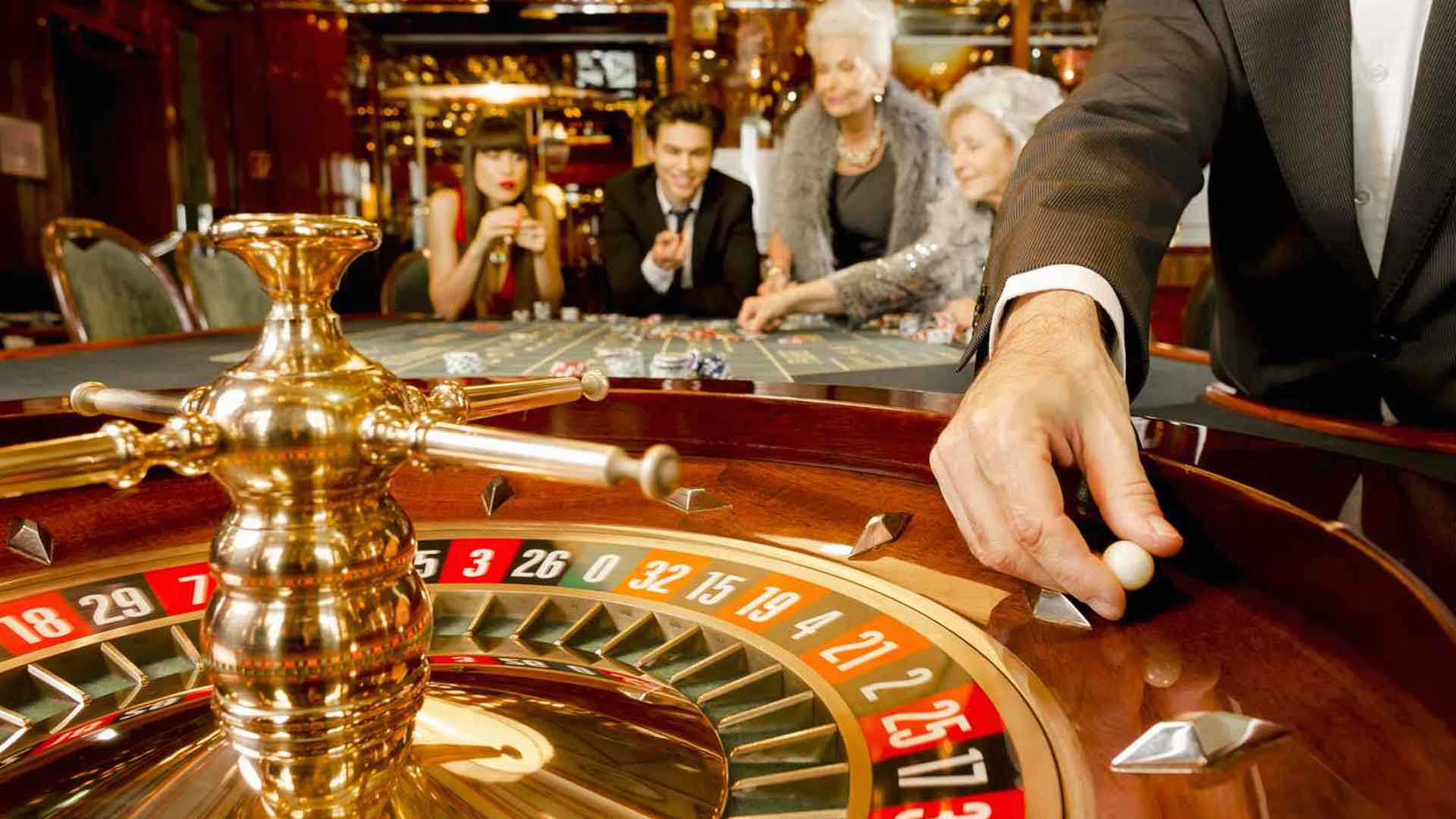Casinos and the Art of Risk Taking

Casinos and the Art of Risk Taking
The flashing lights, the clatter of chips, and the palpable tension in the air – these are the hallmarks of a casino. But beyond the glitz and glamour lies a core element that fuels the entire industry: risk. Casinos are built on the art of risk taking, both on the part of the players and the institutions themselves. Understanding this dynamic is crucial to appreciating the complexities of the casino world.
For the player, risk is inherent in every bet placed. From the seemingly simple toss of a coin to the intricate strategies employed in poker, each decision carries the potential for both reward and loss. The allure of a quick win, the thrill of the gamble, and the hope of beating the odds are powerful motivators. However, the house advantage, a carefully calculated mathematical edge, ensures that over the long term, the casino is always more likely to win. This fundamental imbalance is the bedrock of the casino's profitability.
Different games offer varying levels of risk and require different skills and strategies. Games of chance, such as roulette and slot machines, rely purely on luck. While some players may employ betting systems, these systems cannot overcome the inherent house advantage. These games appeal to those seeking instant gratification and the excitement of unpredictable outcomes. If you're looking for instant gratification, perhaps exploring slot m88 could be a fun way to start.
On the other hand, games like poker and blackjack involve elements of skill, strategy, and psychology. Players can improve their odds by learning optimal betting strategies, reading opponents, and managing their bankroll. While luck still plays a role, skilled players can significantly increase their chances of winning. The competitive nature of these games attracts those who enjoy a mental challenge and the opportunity to outsmart their opponents.
Casinos themselves are not immune to risk. They invest heavily in infrastructure, staffing, and marketing, hoping to attract enough players to generate a profit. They must also manage the risk of fraud, cheating, and problem gambling. Responsible gaming initiatives are becoming increasingly important as casinos strive to maintain a positive image and protect vulnerable individuals.
The economic impact of casinos is significant. They generate revenue for governments through taxes, create jobs, and attract tourism. However, they also face criticism for their potential social costs, including problem gambling, crime, and addiction. Finding a balance between the economic benefits and the social risks is a challenge for policymakers and casino operators alike.
The psychology of risk taking in a casino environment is fascinating. The environment is designed to stimulate the senses and encourage impulsive behavior. Bright lights, loud noises, and the availability of alcohol can all contribute to a reduced sense of inhibition and a willingness to take greater risks. Furthermore, the "near miss" effect, where a player almost wins, can reinforce the belief that a win is just around the corner, leading to further betting.
Ultimately, the art of risk taking in casinos is a complex interplay of probability, psychology, and economics. Understanding the odds, managing your bankroll, and knowing when to walk away are essential for responsible gambling. While the allure of a big win is undeniable, it's crucial to remember that the house always has an edge, and that gambling should be viewed as a form of entertainment, not a source of income.
Whether you're a seasoned gambler or a curious observer, the world of casinos offers a glimpse into the fascinating dynamics of risk and reward. Understanding the principles at play can help you make informed decisions and appreciate the complexities of this unique industry.
So, the next time you step into a casino, remember that you're not just playing a game; you're participating in the art of risk taking.
```